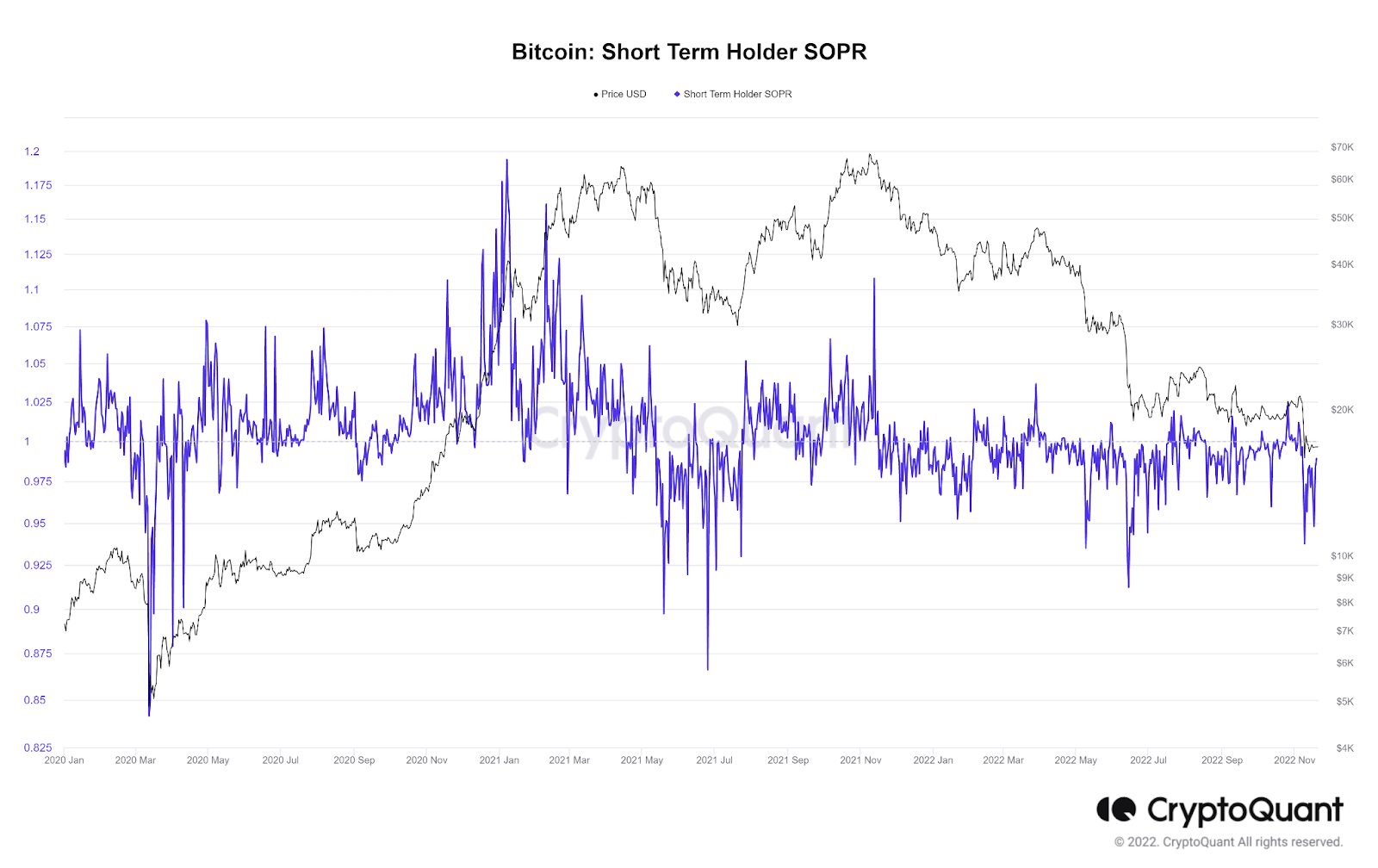
Litecoin (LTC) made headlines on Wednesday when the usually out of the limelight coin took centre stage for the first time in years by becoming the top performing crypto of the day, surging around 30%. The move baffled some crypto experts, who were unsure of the reasons for the move. If you wish to know what caused the magnificent move in LTC, read on to find out as we uncover what some of these reasons could be.
Whale Accumulation Key Component Pushing Price Higher
The main contributor to the quick surge in LTC’s price has been sharks, or simply, smaller sized whales’ buying actions over the past two weeks since the Moneygram support was announced, which we had covered in our November 8 article on LTC on our Margex blog.
According to data from crypto analytics firm Santiment, in the past 2 weeks, addresses holding between 1,000 to 100,000 LTC collectively accumulated $43.4 million worth of LTC, this accumulation has not stopped and these sharks have not sent their LTC to exchanges for sale despite the 30% pump in LTC’s price. This could mean that these buyers are planning to hold LTC for the long-term. What is the reason why these sharks are so bullish?

LTC Halving Next August Could Amplify LTC’s Scarcity
One reason could be its upcoming halving. As LTC uses the proof-of-work consensus mechanism and follows the methodology of Bitcoin, it also has a halving cycle every four years that works in the same way as Bitcoin’s halving, i.e. the rate of new coins mined gets cut by half every four years. LTC’s next halving will be due in August next year. In the last two halving events in 2015 and 2019, the price of LTC started trending upwards about 9 months before the actual halving event, which would mean, right about now.
Furthermore, respected Bitcoin proponents have been singing praises of LTC recently after witnessing the spate of large collapses in the industry. On November 18, Michael Saylor of MicroStrategy, which holds 130,000 BTC, revealed in an interview that he thinks Litecoin is also likely to be a digital commodity like Bitcoin, while dismissing “the rest” as securities. This comment had been picked up by the crypto community who saw this as an endorsement of the coin that is referred to as silver that is Bitcoin’s gold, and LTC started trending on social media networks like Twitter and Telegram Chats, which further led buyers in.

After the next halving, the new supply issuance of LTC would drop from its current 12.5 LTC per block to 6.25 LTC per block, amplifying its scarcity. The total supply to ever be created for LTC is 84 million coins, while its circulating supply currently is around 71 million coins, which means that not that many more new LTC will be created. This would greatly drive its scarcity value to increase and propel it to become the next store of value after Bitcoin.
Crypto Narrative Could Revert Back to “Traditional” Names
As we have mentioned before in our November 8 blog article on LTC, it was time to pay attention to older legacy tokens now that the new “sexy” coins of the 2021 bull market are starting to crack. In the unravelling of the LUNA and FTX saga, many crypto investors found out that many newer crypto names that were popular in the 2021 bull market were bought using excessive leverage. As such, as the contagion effect of the FTX bankruptcy starts to spread, these once popular coins could likely face intense selling pressure when the crypto firms who held them are forced to liquidate their positions. These coins, even if some are genuinely good projects, could come under pressure for many more months as the leverage unwinding continues to take place as more contagion from the FTX fallout shows up.
This may cause the overall crypto narrative to change from the “sexy” smart contract or NFT supporting theme back to the original ethos, which is decentralisation, cheap transfer fees, no venture capital or hedge fund involvement and no staking or lock up. This is where the no-frills legacy coins like Bitcoin, Litecoin, Dogecoin, or even XRP, could have an advantage in, as these coins were created mainly for the purpose of value transfer without a bunch of other complicated functions.
Rumors of Regulatory Advantage for Bitcoin and Litecoin
Furthermore, there has been rumors making its round in crypto circles that after the collapse of LUNA and FTX, that regulations on crypto would be much more stringent on proof-of-stake coins which ultimately have a higher chance of being defined as securities than on coins that follow the proof-of-work models. With LTC’s clean background of no venture capital, no ICO, no single large holder (as founder Charlie Lee had disposed of all his LTC back in 2017), and a simple to decipher proof-of–work methodology of producing new blocks, it is highly likely that LTC would be one of only a few cryptos that can survive the securities test, together with other proof-of-work cryptos like Bitcoin and Dogecoin. With LTC’s much cheaper network fees of $0.0070 per transaction and just 2 minutes of processing time compared with Bitcoin’s current network fee of around $1 and 10 minutes of processing time, LTC does indeed have something going for it.
The above are the personal opinions of the author and should not be taken as the official view of the Margex platform. They are also not financial advice and should not be construed as a solicitation to trade. Readers are strongly encouraged to do your own research, conduct due diligence, and assess your financial abilities before doing any investment or trading as these activities carry risks. Should you be in doubt, kindly speak with your personal financial advisor.


